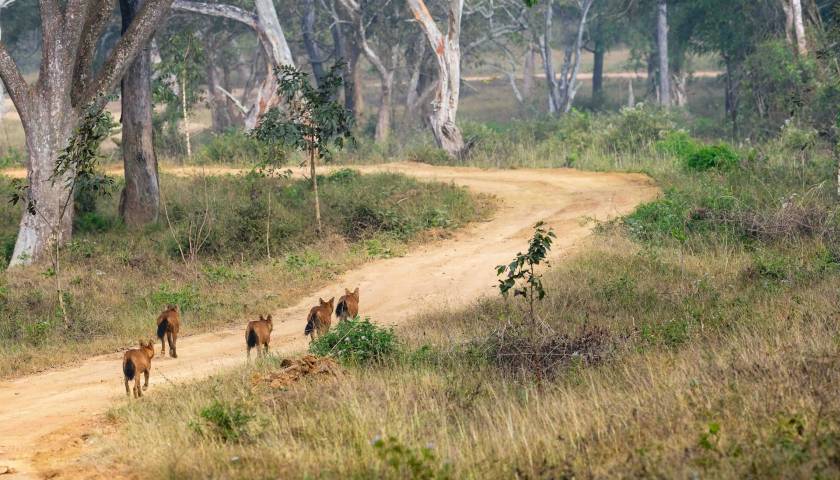Kanha Museum at Kanha National Park
The Kanha Museum, located near the Mukki entrance of Kanha National Park, offers visitors a fascinating glimpse into the park's rich biodiversity and conservation efforts. This natural history museum showcases exhibits of taxidermy specimens, including Bengal tigers, leopards, and barasingha, providing a lifelike representation of the park's iconic wildlife. Informative panels and interactive displays delve into the region's flora, fauna, and ecological balance, offering insights into the intricate relationships within the park's ecosystem. The museum also highlights Kanha's conservation initiatives, such as anti-poaching measures and habitat restoration, emphasizing the importance of preserving its natural heritage. A visit to the Kanha Museum is both educational and inspiring, making it a must-see for anyone exploring the park.


















